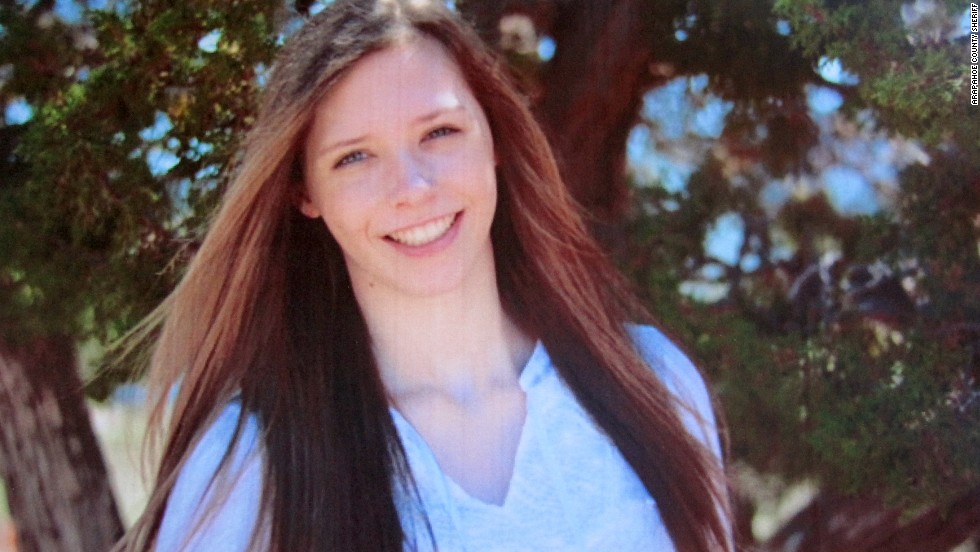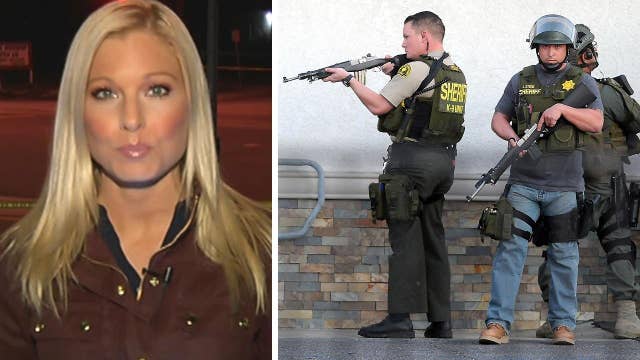
We’ve read media and social media, manifestos, suicide notes, trial transcripts and medical records. We’ve interviewed incarcerated perpetrators and their families, shooting survivors and first responders.


We’ve built a database dating back to 1966 of every mass shooter who shot and killed four or more people in a public place, and every shooting incident at schools, workplaces, and places of worship since 1999. We believe that analyzing and understanding data about who commits such massacres can help prevent more lives being lost.įor two years, we’ve been studying the life histories of mass shooters in the United States for a project funded by the National Institute of Justice, the research arm of the U.S.

In the last week, more than 30 people have died in three separate mass shootings in Gilroy, El Paso and Dayton, Ohio.